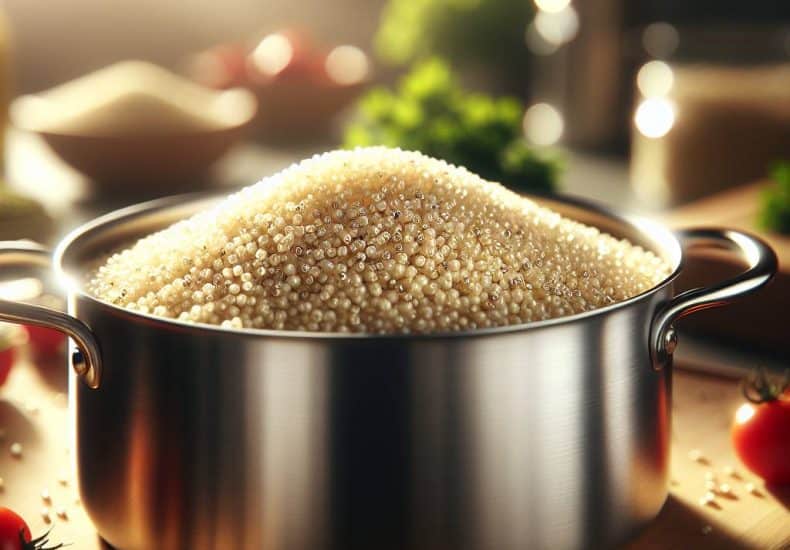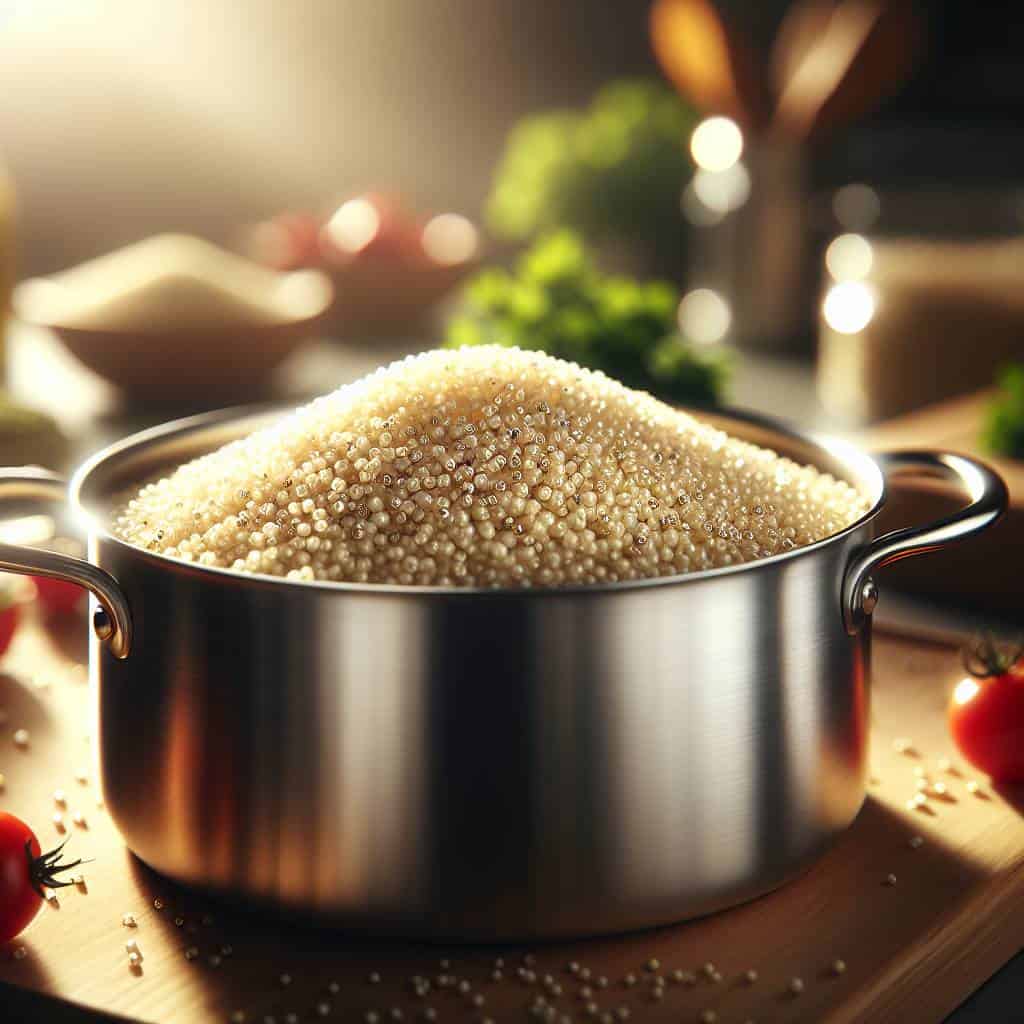
Master the Art of how to cook quinoa perfectly: Tips and Tricks
I’ve lost count of how many times I’ve stared into a pot of quinoa, hoping it doesn’t morph into a sticky mush or, worse, stay as crunchy as gravel. It’s as if each batch holds a secret grudge against me. My relationship with quinoa is a tragic comedy of errors, where the odds of success seem inversely proportional to my desperation for a decent meal. Every time I think I’ve nailed it, that tiny grain reminds me who’s really in charge. Maybe it’s the universe’s way of keeping my culinary hubris in check.

But here we are, united in this quest for the elusive, fluffy perfection that every Pinterest recipe promises but rarely delivers. In this article, we’ll delve into the nuances that could mean the difference between a bowl of edible bliss and a kitchen disaster. From decoding the mystical water-to-quinoa ratio to navigating the labyrinth of cooking instructions, we’ll tackle it all with the kind of skepticism that only repeated failure can instill. Let’s transform this grainy enigma into something you’d actually want to eat—together.
Table of Contents
The Great Water-to-Quinoa Ratio Debate: A Tale of Kitchen Frustration
So, you think you’re ready to tackle quinoa—a grain that’s supposed to be the poster child of health and simplicity. But, plot twist: this tiny seed is an enigma wrapped in a riddle, all bundled up in a cloak of kitchen frustration. The crux of the quinoa conundrum lies in the water-to-quinoa ratio. It’s like the Bermuda Triangle of cooking instructions. Get it wrong, and you’ll either end up with a mushy mess that could double as wallpaper paste or a crunchy catastrophe that’s one step away from becoming birdseed.
Why is this simple ratio such a beast to conquer? Well, the so-called “perfect” 2:1 water-to-quinoa ratio is touted as gospel in countless recipes, yet often falls short in practice. I’ve danced this delicate dance enough times to know that it’s not a one-size-fits-all situation. Altitude, humidity, the mood of your stove—these invisible variables sneak into your kitchen and wreak havoc on your intentions. Some people swear by rinsing quinoa to remove its naturally bitter coating, while others skip it altogether, claiming it doesn’t make a difference. But rinse or not, the real kicker is how much water you end up using.
Here’s the reality check: cooking quinoa to fluffy perfection is more art than science. You have to pay attention, adjust, and sometimes just wing it. Start with a 1:¾ ratio for a nuttier, drier texture, or edge towards 1:1¾ if you prefer it softer. But remember, the quinoa deities are capricious. And while this debate rages on in kitchens around the world, the truth is, finding your sweet spot might just mean embracing the chaos—and perhaps a little trial and error. So, grab your measuring cup and let the culinary experiment commence.
Quinoa’s Culinary Enigma
Cooking quinoa is a dance with water and time. Get the ratio wrong, and you’ll find yourself questioning the universe’s sense of humor.
A Culinary Odyssey with Quinoa
In the end, my dance with quinoa has been less about mastering a grain and more about a journey into the absurdity of culinary precision. It’s a reminder that cooking isn’t a science—it’s an art that thrives in the gray areas of imperfection. The water-to-quinoa ratio may forever elude perfection, but perhaps that’s the point. It’s in these little kitchen skirmishes that we find a slice of humility, a nod to the chaotic beauty of life itself. And isn’t that the essence of cooking? Not in the flawless execution of a recipe but in the messy, unpredictable dance of trial and error.
So, as I stand over my stove, watching the bubbles of simmering water, I find solace in the fact that perfection is overrated. The fluffy grains of quinoa, each with their own character, are a testament to a battle fought and not necessarily won, but certainly survived. And for that, I tip my hat to the humble quinoa, a worthy adversary in my culinary chronicles. Here’s to embracing the chaos, one imperfectly cooked grain at a time.
Leave a Reply
You must be logged in to post a comment.